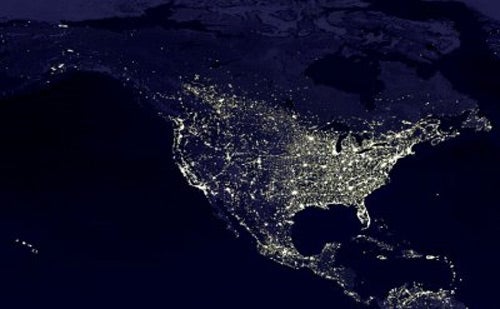According to a popular 2001 study by Pierantonio Cinzano and Fabio Falchi of Italy’s University of Padua, two-thirds of the world’s population is blind to the night sky — with stars vanishing from sight at an endangered species-type pace. Obviously, myriad differences between the two issues exist, and the preservation of life should remain at the forefront of civilization’s collective attention, but, like any natural resource, the majesty of the night sky need not be compromised by industry or commerce. So what can be done to preserve the fading jewels of our night sky?
Since 1988, the IDA — a non-profit organization — has dedicated itself to providing pragmatic answers to that question. It has lobbied state and local government for an increased awareness to the consequences of light pollution. Although founded and primarily managed by astronomers, the IDA does not base its activism on an observational astronomer’s point of view. Rather, it emphasizes the gratuitous amount of energy — and money — wasted due to reckless lighting practices. A simple glance at a car dealership, highway-side billboard, or a corporate building at night will demonstrate the light-spewing the IDA is trying to clean up.
Without question, lights help us feel secure. Whether in our houses, our cars, or on our sidewalks, we bask in the protective glow of lights. The IDA does not seek to eliminate such useful and necessary forms of lighting. Instead, it just hopes to modify the current excessive lighting practices. Following through with such efforts can conserve energy, reduce harmful glare on the road, and of course, allow for a purer view of the night sky. The IDA, though, is trying to convince local and state governments to light intelligently and, coincidentally, economically. Arizona, Connecticut, Maine, New Mexico, and Texas already have enacted anti-light-pollution laws.
The IDA’s web site, www.darksky.org, provides material to help you in all levels of commitment to their cause. Darksky.org can help you find a local affiliate; it provides suggestions on how to begin local campaigns; it provides examples of glare-reduction lighting; and much more.
For more information on light pollution, see “Reclaim the night sky,” by Astronomy Senior Editor Michael E. Bakich, which appeared in the June 2004 issue of Astronomy.










